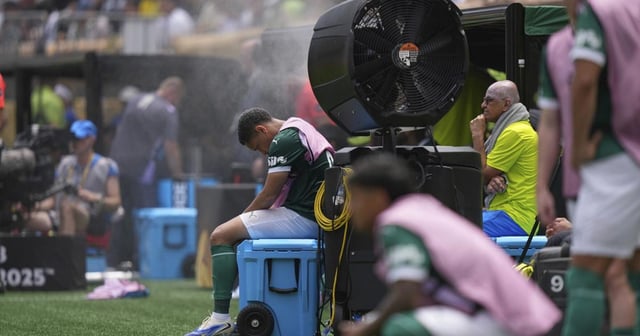Overview
- FIFA has introduced extra cooling breaks, field-side water, fan-cooled benches and plans to use covered stadiums for daytime World Cup matches.
- Climate scientists and player representatives have renewed calls to shift future tournaments to cooler months or regions to reduce heat-related health risks.
- U.S. National Oceanic and Atmospheric Administration data shows June–August temperatures have risen 1.05 °C globally and 1.81 °C in Europe since 1930.
- FIFPRO warns that six of the 16 host cities for the next World Cup face extremely high risk of heat stress for players and fans.
- Discussions on moving the World Cup from its traditional June–July window remain unresolved, with potential changes for 2030 and 2034 hindered by European league scheduling conflicts.


